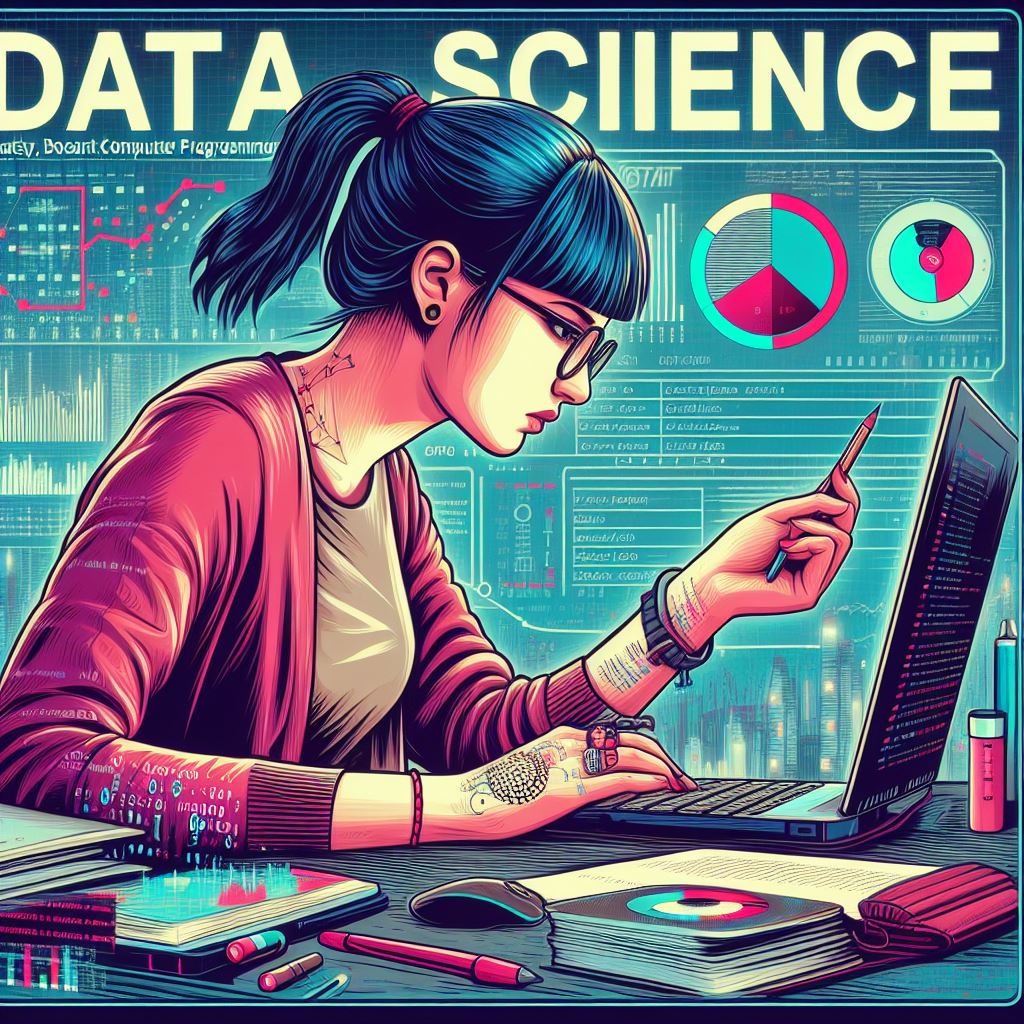Computer vision, an exciting and rapidly evolving field within artificial intelligence (AI), is transforming the way businesses operate and innovate. By enabling machines to interpret and understand visual information from the world, computer vision is revolutionizing industries such as healthcare, automotive, retail, and manufacturing. This article explores the impact of computer vision, its applications, and its potential for driving future technological advancements.
At its core, computer vision involves the use of algorithms and machine learning techniques to allow computers to process, analyze, and make sense of digital images or videos. The technology mimics human vision by recognizing patterns, identifying objects, and making decisions based on visual data. As a result, it enables a wide range of applications, from facial recognition in security systems to automated quality control in manufacturing.
One of the most prominent sectors benefiting from computer vision is healthcare. Medical imaging is a critical area where computer vision tools are making a significant impact. For example, AI-powered computer vision algorithms can analyze X-rays, MRIs, and CT scans to detect early signs of diseases such as cancer, enabling doctors to provide faster and more accurate diagnoses. The precision and speed of these algorithms can save lives by identifying conditions that may be difficult for the human eye to detect.
In the automotive industry, computer vision is playing a pivotal role in the development of autonomous vehicles. Self-driving cars rely on computer vision systems to interpret data from cameras, LiDAR, and radar sensors to navigate their environment. These systems allow vehicles to recognize obstacles, interpret traffic signals, and make decisions in real-time, paving the way for safer roads and reduced human error in driving.
Retail businesses are also leveraging computer vision to enhance the customer experience. For instance, facial recognition technology is used to personalize services, while AI-driven cameras help monitor inventory levels in real-time, ensuring stock availability and optimizing supply chains. Additionally, computer vision enables cashier-less shopping, where customers can pick up items, and the system automatically charges them upon exit, eliminating the need for traditional checkout lines.
In manufacturing, computer vision is streamlining production lines and improving quality control. Automated systems use computer vision to inspect products, identify defects, and ensure that everything meets the required standards. This technology helps reduce human error, improve efficiency, and cut costs by detecting issues early in the production process, ultimately enhancing the overall quality of the final product.
Looking ahead, the potential applications of computer vision are vast. As the technology advances, we can expect even more innovative use cases, including smart cities, agriculture, and environmental monitoring. For example, drones equipped with computer vision can survey agricultural fields, monitor crop health, and assist in precision farming, reducing waste and increasing yields. Similarly, computer vision systems in smart cities can monitor traffic patterns, improve public safety, and assist in urban planning.
As businesses continue to adopt computer vision, the demand for skilled professionals in this field is growing. Data scientists, engineers, and AI experts with expertise in computer vision are crucial in driving this technology forward. The integration of computer vision with other technologies, such as the Internet of Things (IoT) and cloud computing, will continue to unlock new opportunities for innovation across various sectors.
In conclusion, computer vision is a transformative technology that is revolutionizing industries worldwide. From healthcare to automotive, retail to manufacturing, the applications of computer vision are vast and continue to grow. As AI and machine learning technologies continue to evolve, the potential for computer vision to improve our daily lives and drive business growth is boundless.
